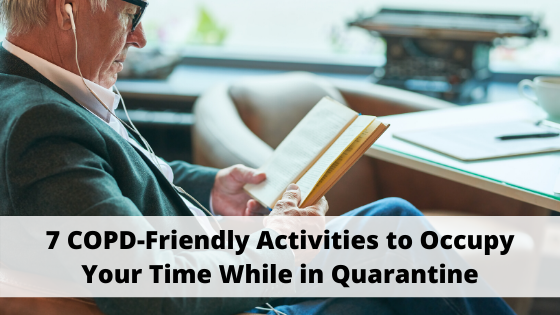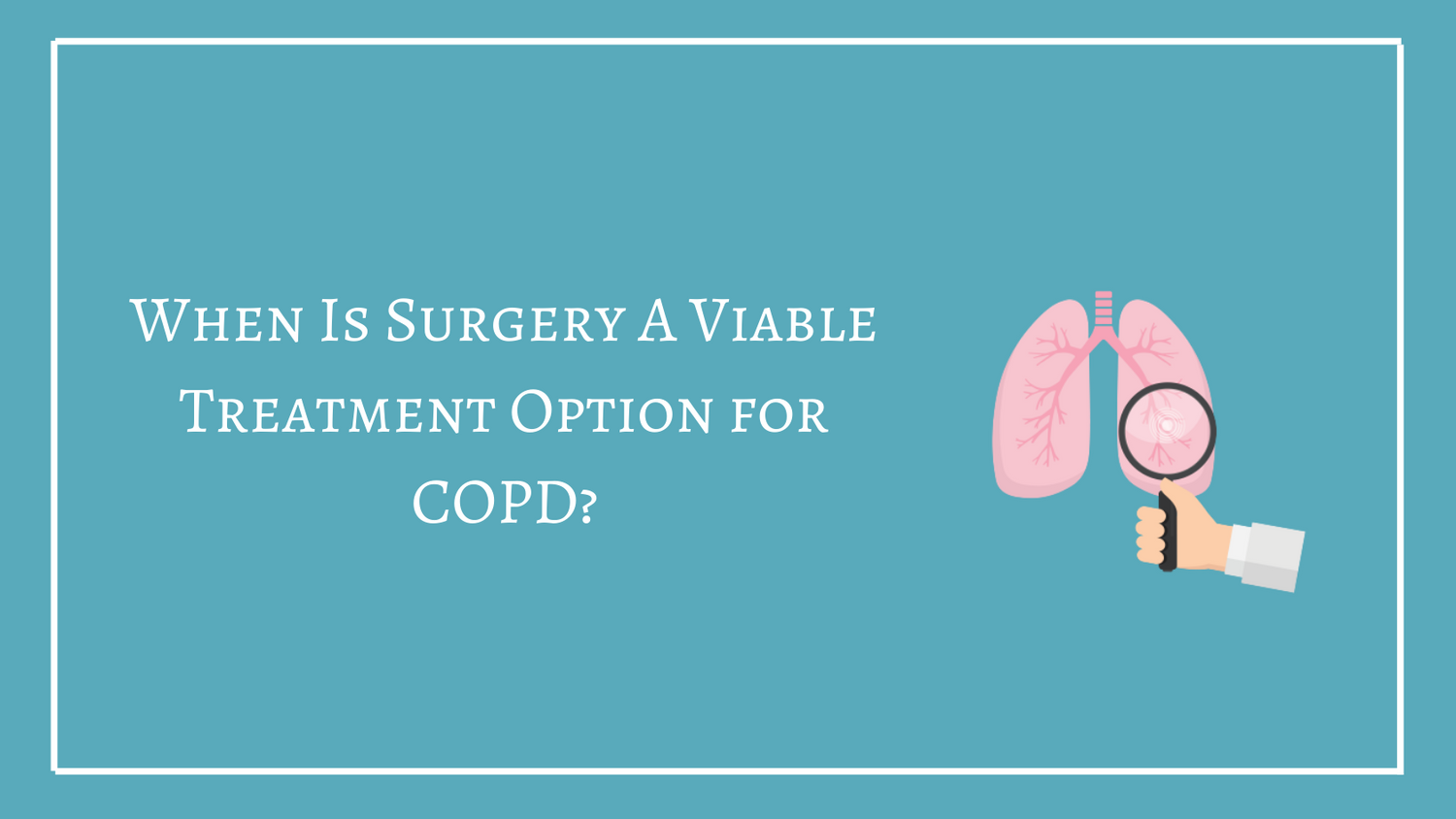Respiratory Resource Center - LPT Medical
7 COPD-Friendly Activities to Occupy Your Time While in Quarantine
If there’s one thing that we’ve learned from the...
Read MoreHow to Reach Your Treatment Goals with Your COPD Action Plan
Living healthily and happily with COPD is all about...
Read MoreWhen Is Surgery A Viable Treatment Option For COPD?
Oxygen therapy, pulmonary rehabilitation, and inhaled medication are the...
Read More


